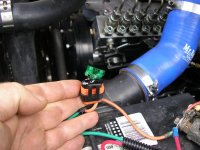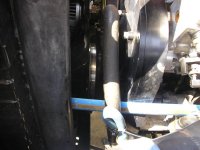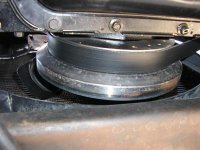RonA
Active member
Installed FASS #6 on the truck so i would have a backup when #5 dies. #5 has been on a bit over a year but was only used on the dyno or at the track so probably had about an hour on it before putting the 6.7 in and then ran constant for 300 miles so maybe 10 hours total run time. Noticed a bit of heat sign where the inline fuse was and took it apart to see this. Still works despite the damage.



